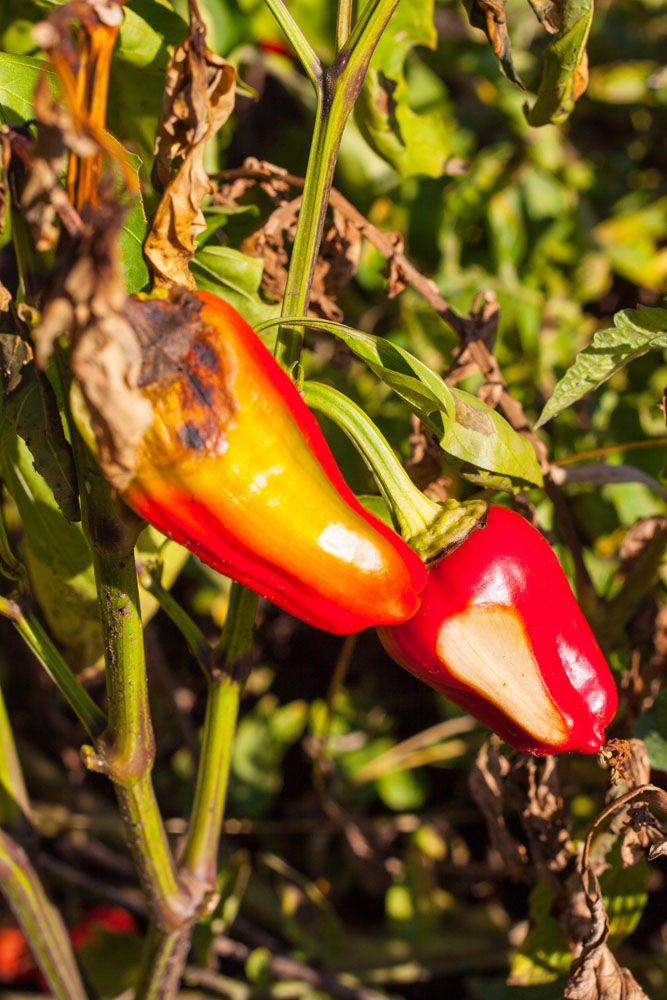
Pepper Weevil – Anthonomous eugenii
Pepper Weevil: Appearance, Territory, Damage and Life Cycle
Latin Name: Anthonomus Eugenii
Appearance: The most serious insect pest of pepper in the southern United States is the pepper weevil, Anthonomus Eugenii Cano. The genus Anthonomus (Coleoptera: Curculionidae) is economically significant since it contains several plant pests. With over 180 species, it is a broad and widely spread genus. About 50 of these are found in the Palaearctic area, while 13 are found natively in the British Isles. They are all extremely similar in size and structure, but differ in coloration and host preferences.
Hosts Plants: Pepper weevil larvae only feed on plants in the Solanaceae family. Oviposition occurs on Capsicum and Solanum plants, although adult feeding extends to other Solanaceae species such as Physalis, Lycopersicon, Datura, Petunia, and Nicotiana. All pepper types are prone to attack, tomatillo is a somewhat sensitive host, and eggplant planted near pepper will occasionally be harmed. Pepper weevil is supported by several nightshade species, notably black nightshade.
Territory: Southern America, North America and Europe
Damage Insect Cause: Blossom buds and young pods are particularly vulnerable to injury. Bud drop is caused by both adult and larval eating. Adult feeding punctures appear as black dots on the fruit, and are not highly harmful. Sometimes the fruit is malformed. Fruit drop is highly prevalent, and is possibly the most evident indicator of infection. Larval feeding within the mature pod is another key source of damage, causing the core to turn brown, and sometimes moldy.
The stem of larvae-infested pods turns yellow, and the pod prematurely turns yellow or red. adults feed on pepper leaves and stem material in the absence of pepper bloom and fruit, although this does no substantial damage. Puncturing peppers causes the fungus Alternaria, an ordinarily mild disease, to penetrate and proliferate extensively within the pepper fruit.
Life History and Habits: The pepper weevil has three larval instars that take 2 to 3 weeks to mature. Pupation takes 3-6 days and happens within the pepper pod. Every year, there are several generations. The principal host is peppers, although feeding also occurs on nightshades, particularly silverleaf nightshade, Solanum Elaeagnifolium
